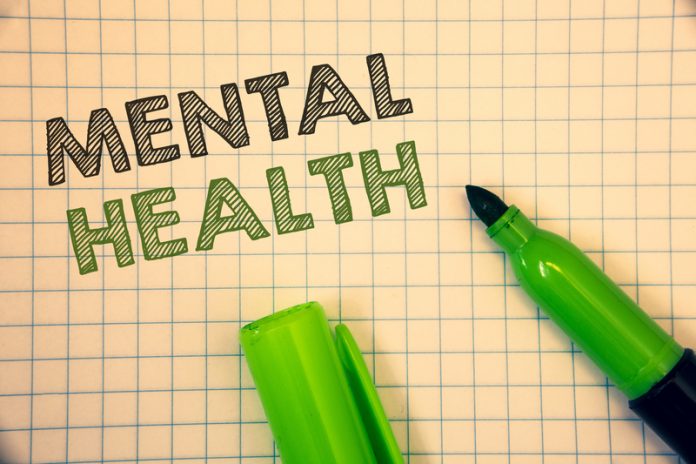When you think about job site hazards, physical risks probably top the list. But what about the dangers you can’t see?
Anxiety, depression, suicidal thoughts and more are as dangerous to worker safety as any more tangible job site threat, but these can’t be mitigated with caution tape.
Unfortunately, the frequency of mental health issues is increasing within the construction industry. In fact, one study found that one in five construction workers struggle with mental health issues.
This means that, of the people you work with every day, chances are good that at least one of them struggles with their mental health. Or, maybe it’s you. From labourers to high-level executives, mental health issues affect people indiscriminately.
Industry stats that might surprise you
According to the US Centers for Disease Control (CDC), the construction industry is one of the most at-risk industries for suicide – period. While regulations and monitoring for physical safety have increased dramatically over the years, mental healthcare lags behind. But mental health is important – very important – and should be prioritised as highly as wearing a hard hat.
Working in construction is tough, and there is no denying it. But is there a direct correlation between working in this industry and mental health issues? The CDC study found that the construction industry exhibits many common risk factors that are associated with feelings of helplessness:
Competitive, high-pressure work environment
High prevalence of alcohol and substance abuse.
End-of-season layoffs.
Separation from family.
All of the above, and more, are proven to challenge mental stability. Their effects on an individual’s wellbeing are only compounded within a work culture that valorises “toughness”.
The Construction Industry Alliance for Suicide Prevention reports that many within the industry suffer in silence due to cultural expectations. Despite advancements in education and awareness, mental health issues remain stigmatised in some circles, and suicide is a taboo topic on the job site.
As such, many workers feel forced to “deal with it,” not seeking out the help they need, and symptoms get worse.
To counteract this long-standing challenge, the mental health of your workforce needs to be prioritised at the same level as wearing safety goggles and tagging out live circuits. While some within the industry struggle to keep up with an evolving narrative about mental health, empowering workers to seek out resources is a crucial part of every manager’s job description.
What you can do to help
One of the most powerful tools in your toolbox to fight against mental health issues is education. No progress can be made without a culture change, and every educated worker is a step closer to quashing the stigma that keeps workers from facing their inner demons.
Research mental health outreach programmes and make these resources readily available to workers. Something like the Suicide Prevention Hotlines are a proven resource that could save a worker’s life.
The other important element is awareness. If you’re in a leadership role, you can’t help someone if you don’t know they’re suffering. You simply don’t know what you don’t know. This further punctuates the need for full disclosure.
Encourage workers to share mental health issues during new employee orientation. While some employees might be reluctant to share this information, if you foster a safe, understanding culture on and off the job site, workers will be more likely to open up.
Mental health charities and resources:
Mates in Mind – www.matesinmind.org/
Mind – www.mind.org.uk/
Samaritans – www.samaritans.org/
Mental Health First Aid England – https://mhfaengland.org/
Please note: this is a commercial profile
Trimble MEP














